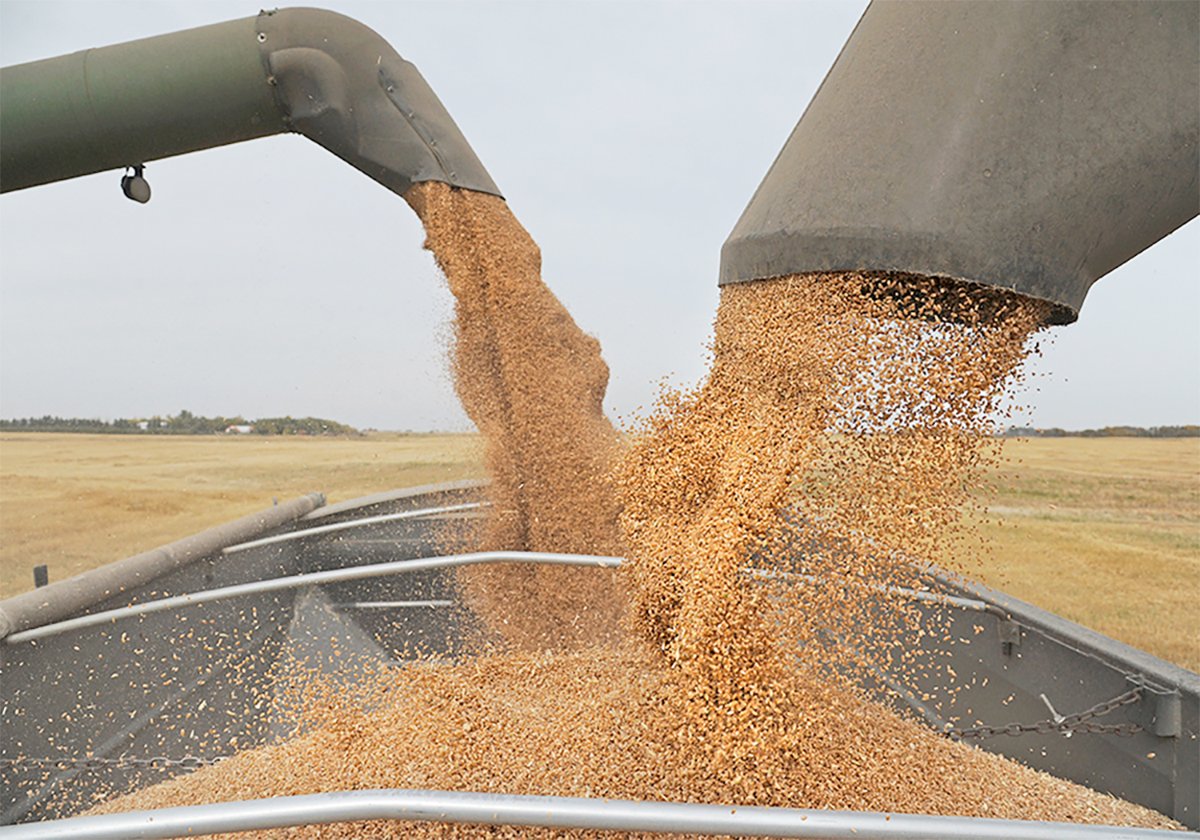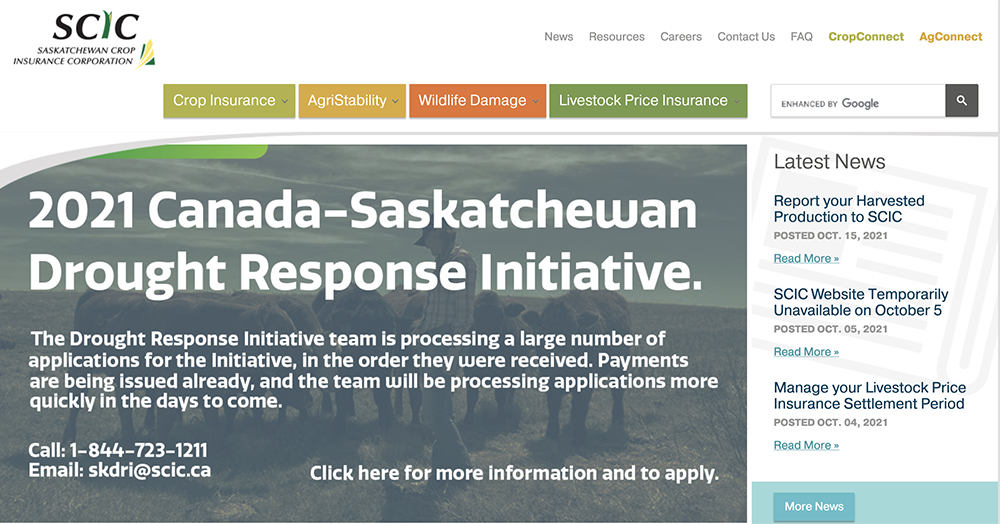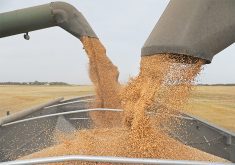According to a frontline Saskatchewan Crop Insurance Corp. employee who wishes to remain anonymous, the phone rings every 10 seconds on average and on every fifth call the employee is either sworn at or called stupid or other names.
No doubt many producers are in serious need of their crop insurance money, but employees working hard and doing the best they can don’t deserve to be berated.
In certain regions, it must be an absolute avalanche of claims. In fact, for some crop districts a farm not having a claim will be a rarity.
Read Also

Agriculture productivity can be increased with little or no cost
There’s a way to enhance agricultural productivity with little or no cost. It doesn’t even require a bunch of legislative changes.
That’s why the claim procedure has been changed in Saskatchewan. While there has been no formal statement from the crop insurance agency, senior officials confirm that in most cases adjusters won’t be visiting farms to measure bins. That would take forever given the volume of claims.
Instead, yield information from producers will be used as long as it looks reasonable as compared to neighbouring farms. Some farms will be visited and there will no doubt be some follow-up audits, but changes have been made to accommodate the flood of claims.
Unfortunately, getting money into the hands of producers will still take time. SCIC has a 30-day service target and while senior officials admit that target will not always be met, they sound hopeful about money flowing relatively quickly.
Big yield loss payments will be made in all three prairie provinces, but Saskatchewan will no doubt be the largest. The officials say their last payout estimate was made at the end of June and at that time SCIC was estimating $1.1 billion.
Of course we all know what happened after the end of June, starting with searing heat over the July long weekend. My guess is that payouts will be two or three times that initial estimate.
The largest ever payout in Saskatchewan was in 2002 and it was about $1.1 billion. In 2021, the drought was much more widespread and insured prices are much higher.
When I talked with the senior officials on Oct. 8, 13,000 claims had been registered, but they had only heard from about half of the producers carrying crop insurance. The west side of the province, particularly the west-central and southwest, will have the most claims and the biggest claims.
So, if you have a big claim for 2021, how will it affect your coverage for 2022? The simple answer is that it won’t be a factor until 2023. There’s a one-year lag on the yield data, both for your average yield determination and the calculation of discounts and surcharges.
In Saskatchewan, a credit and debit system is used to determine discounts and surcharges. Producers gain credits for having no claim or only a small claim in a year and they get debits for big claims relative to the total premium of their contract. There’s also a comparison to their claims with others in the area that can increase the credit or debit.
Accumulated credits can give producers up to a 50 percent premium discount, whereas accumulated debits can result in a premium surcharge of up to 50 percent. Since it’s cumulative, producers that have rarely had a claim may not see a change in their 50 percent discount in 2023 even if they receive a large payment this year.
Many producers are relying heavily on the anticipated support from crop insurance. Hopefully, large amounts of claim money will flow soon.
Kevin Hursh is an agricultural journalist, consultant and farmer. He can be reached by e-mail at kevin@hursh.ca.
















